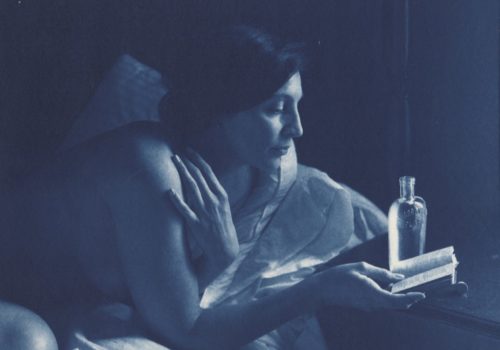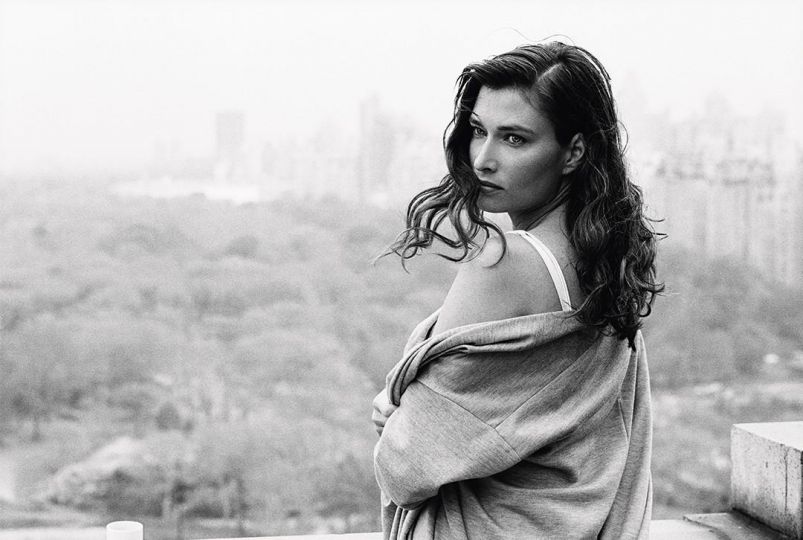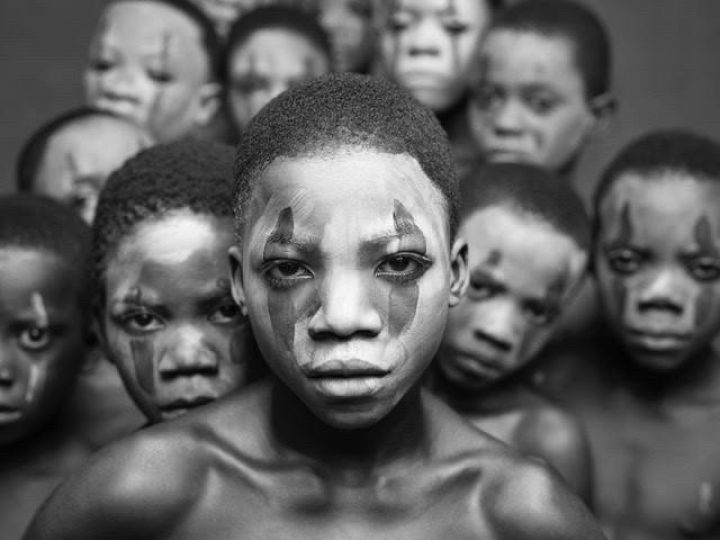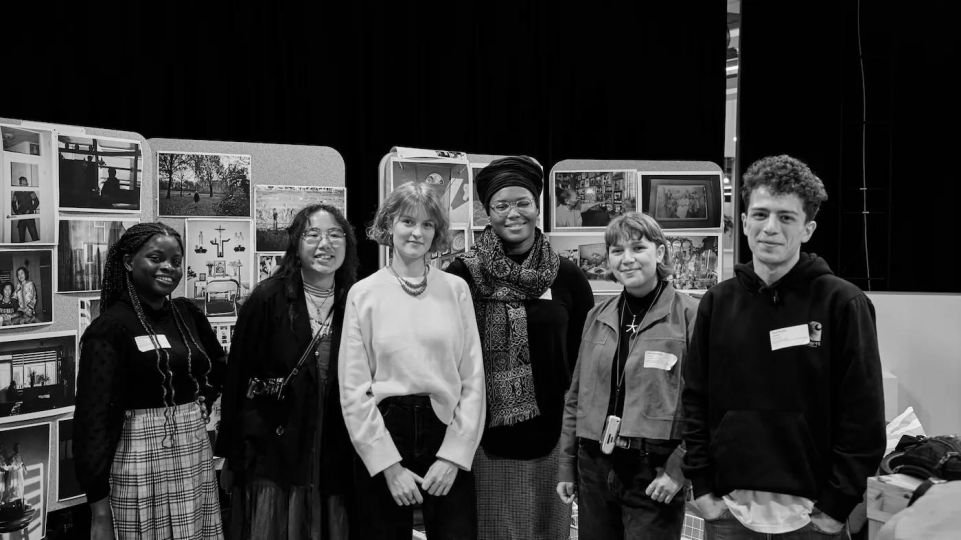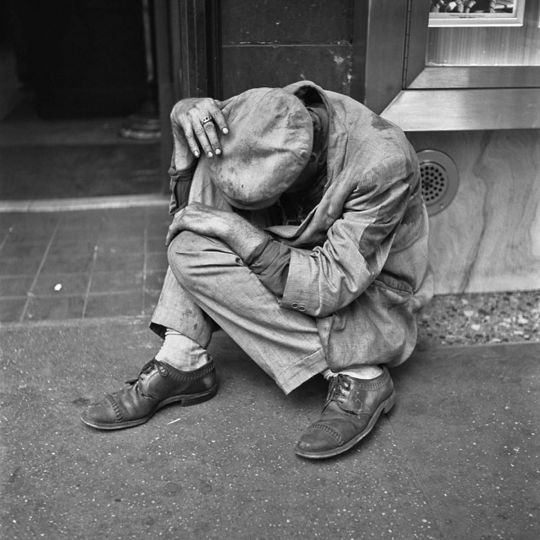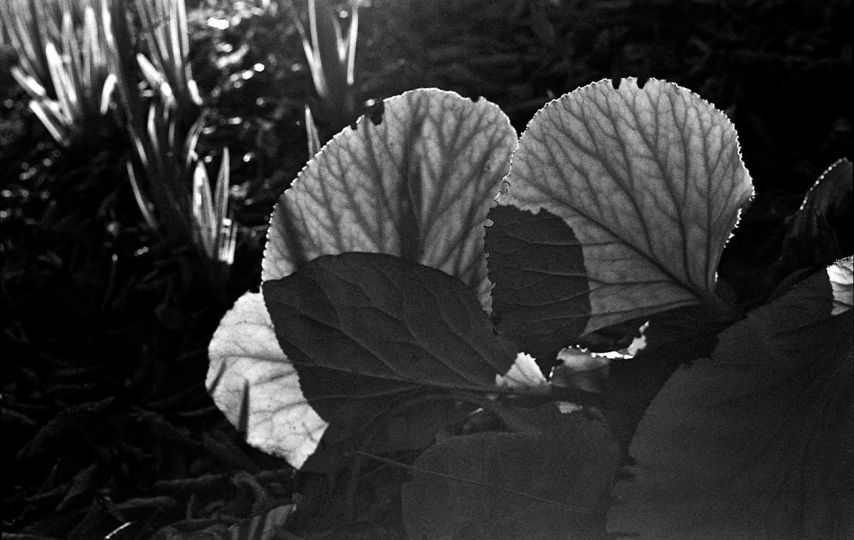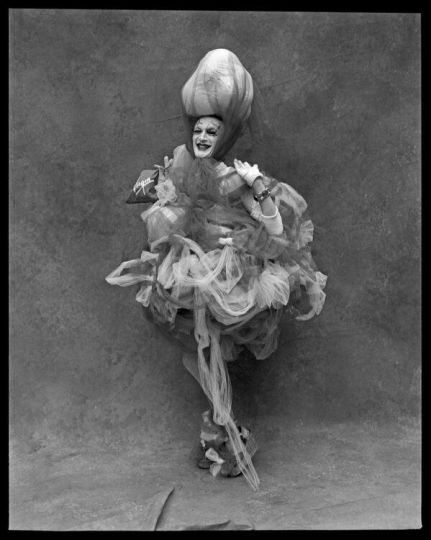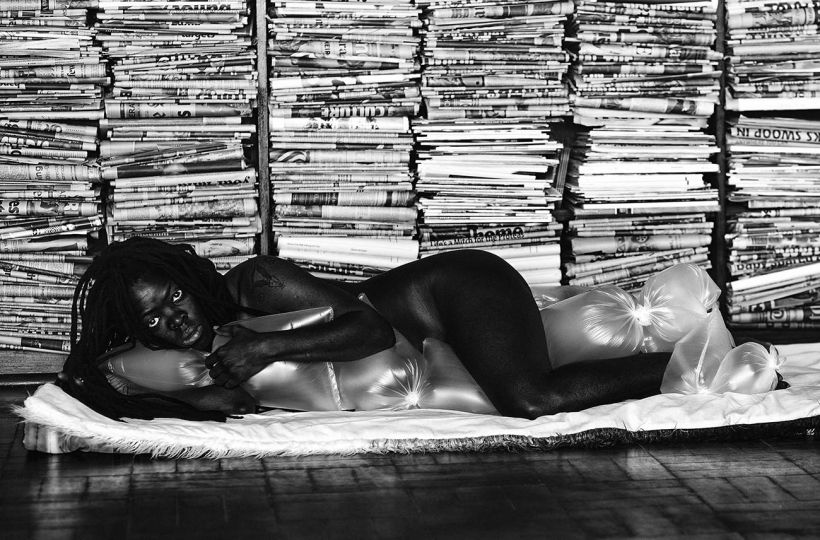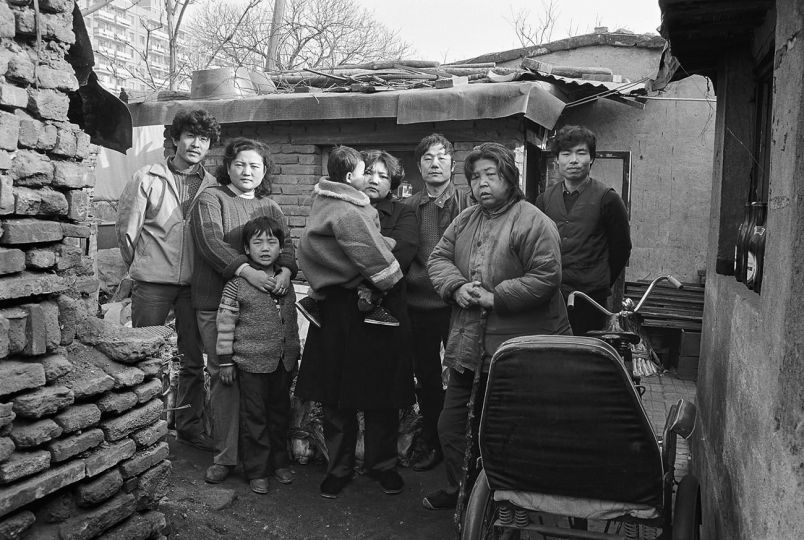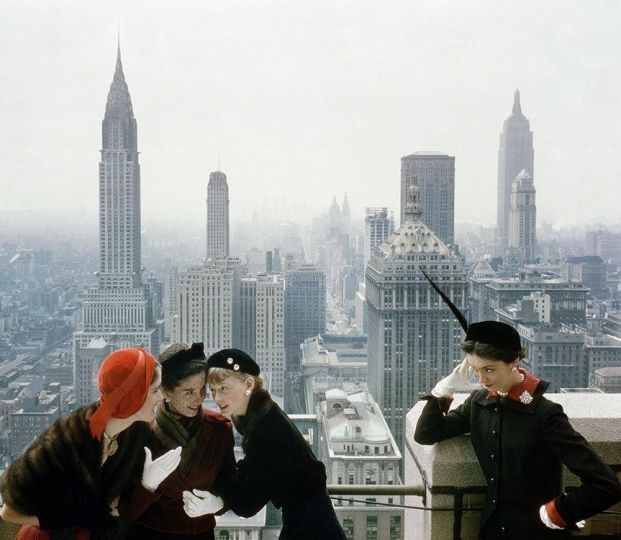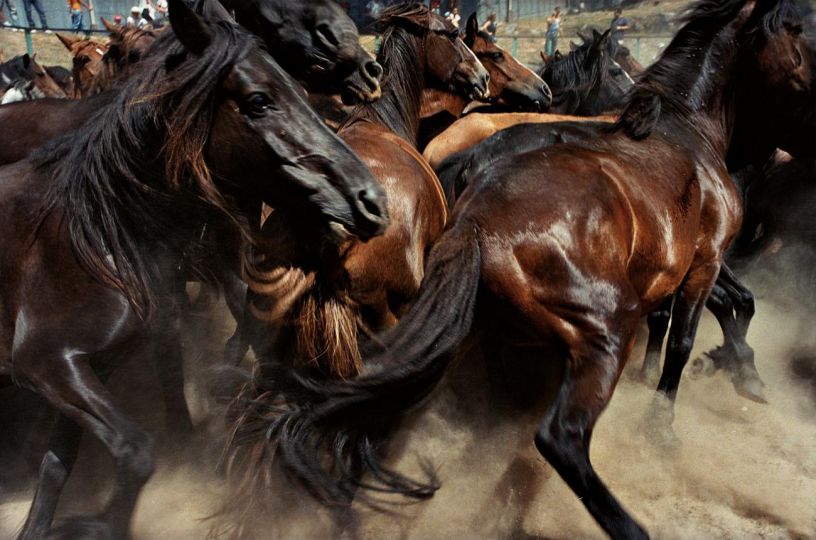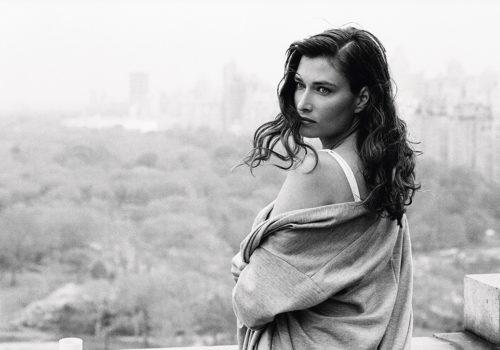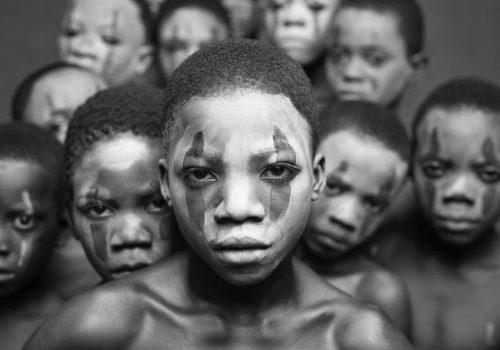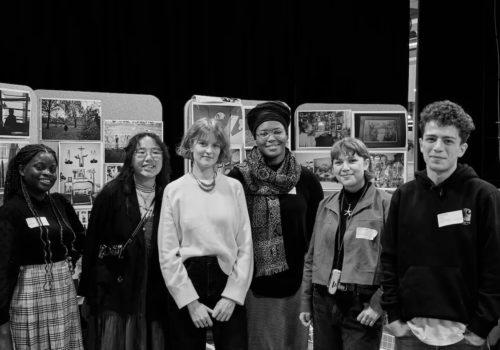Born in 1960 in Connecticut, John Dugdale’s interest in photography started at the young age of twelve with his first camera that was a gift from his mother. Dugdale attended the School of the Visual Arts in New York City as an undergraduate where he majored in photography and art history. Dugdale would then become engaged in a successful decade long commercial career in photography working for such clients as Bergdorf Goodman and Ralph Lauren. At the age of 33, Dugdale had a transformative experience of nearly total blindness due to a stroke and CMV retinitis, an HIV related illness. Completely blind in his right eye, Dugdale found himself seeing with less than twenty percent visibility in his left eye. While blindness ended his commercial career, he found himself free to explore his fine art, using friends and family members as studio assistants. Dugdale has exhibited in over 25 solo shows in galleries across the world and his work has been included in group shows at such museums as the High Museum of Art in Atlanta and the Miami Art Museum, while his photographs are included in such collections as the Metropolitan Museum of Art in New York and the Museum of Fine Arts in Houston. Dugdale has been inducted into the Royal Photographic Society in Bath and he has spoken on the BBC, NPR, at various universities and other public and private engagements where he continues to discuss his 19th century aesthetic and questions pertaining to what it means “to see.”
Sara Tasini: On your website you have a quote from Caspar David Friedrich, an artist whom amazes me. What other artists or photographers you admire or have inspired you and your work?
John Dugdale: The usual suspects: Julia Margaret Cameron, Henry Fox Talbot, Alfred Stieglitz, among many others.
Sara: I know you studied photography at the School of Visual Arts in New York. What first drew you to photography before you went to study it academically?
Dugdale: I tried everything you could possibly think of in junior high school – painting, drawing, etc. I finally took a photography class in 10th grade and discovered I could do much more with photography than I could with other things I had tried; what I was doing seemed to come from my heart.
Sara: Where does your natural ability for photography come from?
Dugdale: I have no idea. It could have started when my mother gave me a camera at age 11.
Sara: Your career began in the commercial photography field, but has developed into something greatly different, as you use labor intensive, traditional photographic techniques. Can you tell us what you like most about the 19th century techniques you’ve mastered so well?
Dugdale: At 33, I woke up and had a stroke. This altered everything 360 degrees. My commercial career was over, but yet I felt a great freedom. In my commercial career I never felt anything was coming from my heart. I turned to my 8×10 camera in my studio, and with the help of my friends and family I began to work in the method that now defines my photography. I learned the techniques from 19th century books and from a great teacher of cyanotype who actually lived next door to me. It was very ‘meant to be.’
Sara: Another question of technicalities: How do you create the ghostlike images that appear in such works as The Oversoul? Quite mysterious.
Dugdale: For the Oversoul I used a double exposure technique. In other images like Inseparable Companion, that is my own shadow. I took that in my house, which has many open windows and lets the light in like a sundial. At certain times of day when the lighting is just right, I can create such effects.
Sara: You have a spectacular way of expressing the human condition in your photographs, ever present in works like Deep Calls Unto Deep, Never Forget Who You Are, and I Could Not See to See. How do you manage to compose such heartfelt images?
Dugdale: It’s instinct. It’s my love of history, every kind of art history: painting, sculpture, even music. I look to things that reach my heart and then use my medium to add to it. I look to everything that has come before and try to add my voice to it, to add my voice to that beautiful volcano of voices.
Sara: You say that, “After my sight changed I was more visual than before.” Could you elaborate a bit on this?
Dugdale: Now without my sight, everywhere I look is, in essence, nothing. But everything I saw before I became blind plays like a slideshow in my mind; I can see those things in my mind perfectly, in fact enhanced and in more detail. Everything you see with your eyes you take for granted until you are not be able to see anymore. I developed a different visual imagination, one a bit more abstract.
Sara: You run a school of photography in the Hudson Valley. This sounds like a very wonderful experience for you and an enriching one for your students. What is your favorite part about teaching others?
Dugdale: I really like all of it. One of my favorite moments is when a student looks through a large format camera for the first time. I always hold my breath and wait for his or her reaction of amazement. I also love delving deep into the history of photography.
This interview is part of a series conducted by Holden Luntz Gallery, based in Palm Beach, Florida.
Interviewer: Sara Tasini
Holden Luntz Gallery
332 Worth Ave, Palm Beach, FL 33480
http://www.holdenluntz.com/

